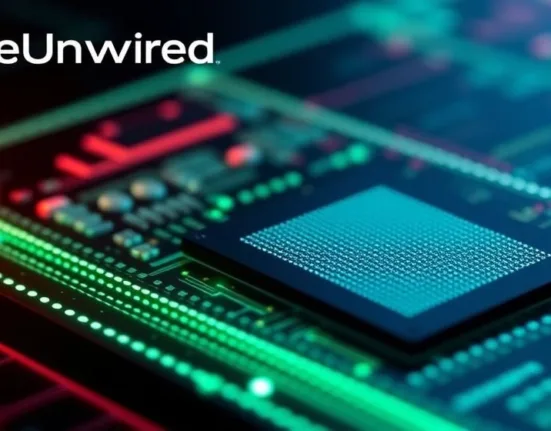Wi-Fi 7: Revolutionizing Wireless Connectivity with IEEE P802.11be Standards
- by Priyadarshan
- 20 December 2024
- 3 minutes read
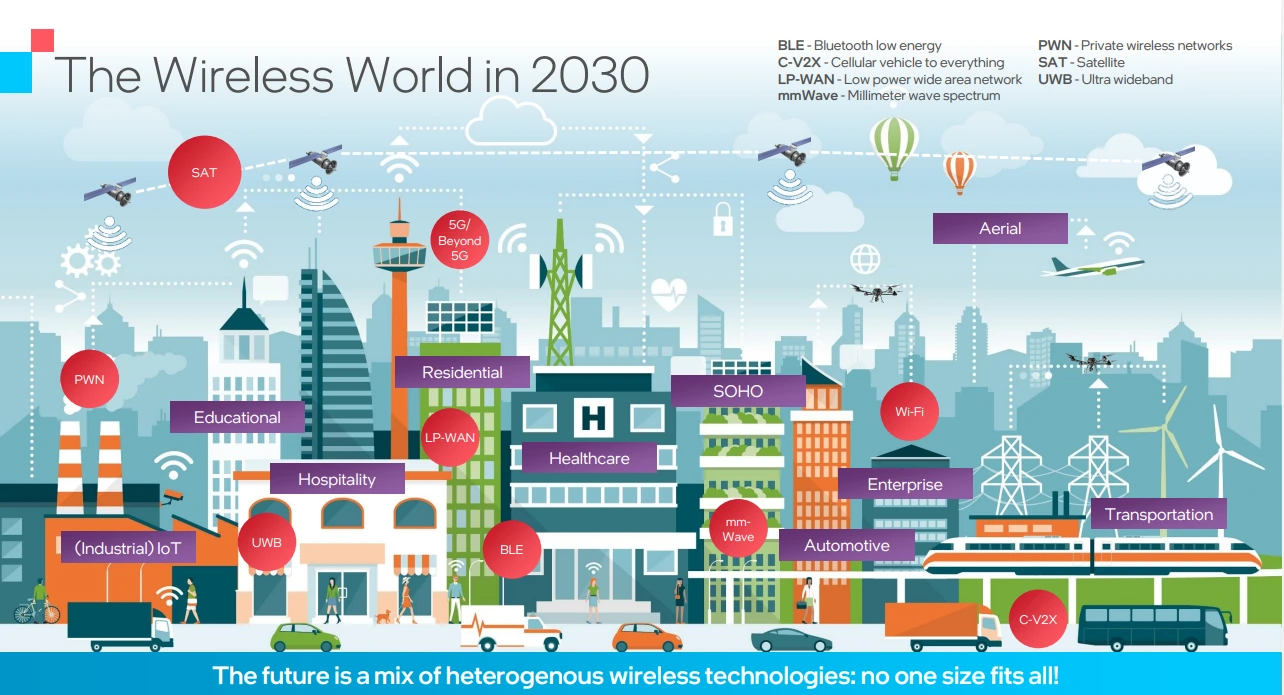
According to a recent study from the Wi-Fi Alliance, more than 9 billion Wi-Fi devices, including personal computers, smartphones, televisions, tablets, sensors, and so on, are currently in use worldwide. WiFi’s throughput requirement keeps increasing due to the emergence of 4k and 8k video whose uncompressed data rate is up to 20Gbps. Meanwhile, applications such as AR and VR gaming, telecommuting, online videoconferencing, and cloud computing, which demand ultra-high throughput and stringent low-latency (e.g., latency lower than 5ms for online gaming), are proliferating. These quickly changing demands are satisfied by raising WiFi standards.
These Wi-Fi standards are defined by the IEEE (Institute of Electrical and Electronics Engineers) and specify the protocols for wireless networking.
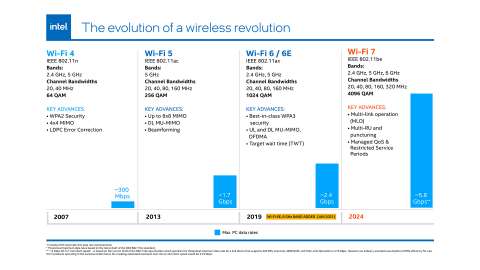
Goals of WiFi 7(IEEE P802.11be)
Goal of IEEE P802.11be is to improve maximum throughput to at least 30 gbps,Frequency range to 2.4, 5 and 6 GHz and Improvement in worst-case latency & jitter.
Key features of WiFi 7:
1.WiFi 7 is 3.6x faster than WiFi 6
2.Multilink Operations and latency: While legacy Wi-Fi provides access to multiple wireless bands, devices typically choose only one band to make transmissions—switching to another if conditions change. With MLO (Multi-Link Operation), Wi-Fi 7 devices can simultaneously connect on two bands. This enables faster speeds through aggregation. Or, both bands can be used concurrently to share redundant/unique data for improved reliability with ultra-low and precise latencies.
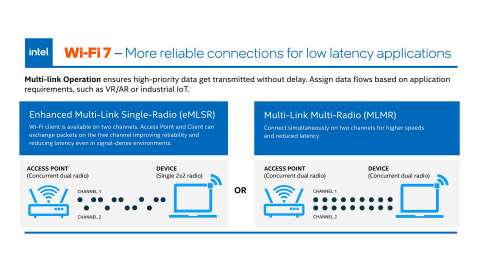
To return to the truck analogy: Think of the legacy Wi-Fi device as moving vans that can only take one highway at a time and choose alternate routes if they run into traffic. However, Wi-Fi 7 semi-trucks will simultaneously operate across two highways to get more boxes to the destination more quickly.
3.Multi Resource Units (RU) and Puncturing: With legacy Wi-Fi 6/6E, when any part of a large high-speed channel is being used by another device, the entire channel is unavailable—and a different channel must be used. This is like the legacy Wi-Fi moving van not being able to access a particular multi-lane highway and having to find an alternate route because passenger cars are using one of the lanes.
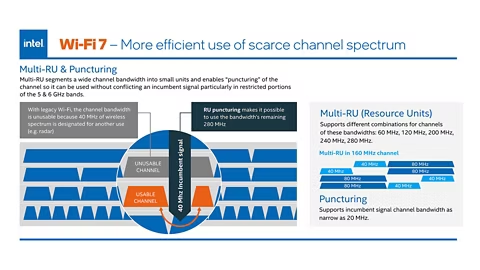
With Multi-RU Puncturing, Wi-Fi 7 devices will be able to use other parts of the same high-speed channel not in use to enable very large channels (even if they are less than the maximum 320 MHz size.) This would be like the Wi-Fi 7 movers being able to re-pack most of the semi-truck contents into smaller trucks without having to avoid a partially used multi-lane highway so they can deliver boxes to the destination more quickly and reliability.
4.320 MHz Channels & 4K QAM:Wi-Fi 7 enables significantly faster speeds by packing more data into each transmission. 320 MHz channels are twice the size of previous Wi-Fi generations—which is somewhat like using a semi-truck to move boxes, compared to a moving van.
4K QAM (Quadrature Amplitude Modulation) enables each signal to more densely embed greater amounts of data compared to the 1K QAM with Wi-Fi 6/6E, which – to continue the truck analogy– is like having professional movers optimize truck cargo space to pack the maximum number of boxes.
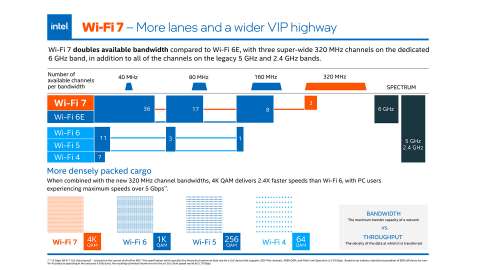
The benefit for a typical Wi-Fi 7 laptop is a potential maximum data rate of almost 5.8 Gbps. This is 2.4X faster than the 2.4 Gbps possible with Wi-Fi 6/6E and could easily enable high quality 8K video streaming or reduce a massive 15 GB file download to roughly 25 seconds vs. the one minute it would take with the best legacy Wi-Fi technology.
Comparing WiFi Generations:
| Wi-Fi 5 (802.11ac) | Wi-Fi 6 (802.11ax) | Wi-Fi 6E (802.11ax) | Wi-Fi 7 (802.11be) | ||
|---|---|---|---|---|---|
Frequency | 5 GHz | Dual-Band (2.4 & 5 GHz) | Tri-Band (2.4, 5, & 6 GHz) | ||
Bandwidth (Channel Sizes) | 20, 40, 80, 160 MHz 80+80 MHz | 20, 40, 80, 160, 320 MHz 80+80, 160+160 MHz | |||
Access (Multiplexing) | Orthogonal Frequency-Division Modulation (OFDM) | Orthogonal Frequency-Division Multiple Access (OFDMA) | |||
Modulation | 256 QAM | 1024 (1K) QAM | 4096 (4K) QAM | ||
Antenna | DL MU-MIMO (4×4) | DL + UL MU-MIMO (8×8) | |||
Security | WPA2 | WPA2/3 | WPA3 | WPA3 (Enhanced) | |
Key Innovations | 80 MHz Mandatory Beamforming | Target Wake Time (TWT), BSS Coloring 6 GHz Operation (Wi-Fi 6E) | Multi-Link Operation (MLO), Enhanced Multi-Link Single Radio (eMLSR), Multi-Resource Unit (RU), Improved QoS Framework | ||
Discover more from WireUnwired Research
Subscribe to get the latest posts sent to your email.







